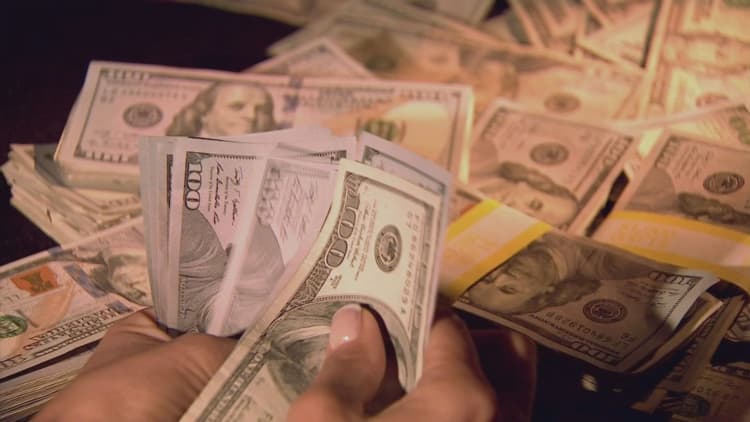U.S. banks have ramped up lending to consumers through credit cards and overdrafts at the fastest pace since 2007, triggering concerns that they are taking on too much risk in a slowing economy.
The industry has piled on about $18 billion of card loans and other types of revolving credit within just three months, as consumers borrow more and banks battle for customers with air miles, cashback deals and other offers.
The surge in lending has come as economists expect the U.S. election to create sufficient uncertainty to impede growth for the rest of the year, increasing the stakes for lenders at a time when the credit cycle appears to have passed a peak.
More from the Financial Times:
Banks warned on leveraged lending 'gaps'
US consumers buoy big lenders' profits
Bank of America squeezed by low rates
Recently disclosed second-quarter results showed that credit card loans increased 10 per cent year-on-year at Wells Fargo, 12 per cent at Citigroup and 16 per cent at U.S. Bank, according to Deutsche Bank research. Expansion was an especially aggressive 26 per cent at SunTrust, the $200 billion Atlanta-based lender.
Across the U.S. banking industry, credit card and other revolving loans rose at a seasonally adjusted annual rate of 7.6 per cent in the second quarter to $685 billion, according to Federal Reserve data.
The credit card business remains among the most profitable in banking. Lenders can charge much higher interest rates — the U.S. average is between 12 and 14 per cent — than for other types of credit, and borrower delinquencies are still low by historical standards.

However, there are some early indications that the cycle is beginning to turn.
"In the present environment it's probably a safe strategy, but as we saw with housing in 07/08 that environment can change very rapidly," said Nancy Bush, banking analyst at Georgia-based NAB Research. "They need to be very careful."
Bob Hammer, the veteran credit-card consultant, said: "Times are pretty good right now, but it's questionable how long it's going to last".
Synchrony Financial, the largest supplier of store-branded cards in the U.S., sent a shudder through the sector in June when it increased its forecast for credit losses.
Several banks have since disclosed that they have boosted reserves for losses, although executives said this largely reflected expansion of their businesses rather than a deterioration in credit quality.
Capital One added $375 million to its loan loss reserve for its domestic card business, according to Barclays, while JPMorgan Chase added a $250 million loss allowance for its credit-card portfolio.
The largest U.S. bank by assets has expanded in the past two or three years into what Marianne Lake, JPMorgan Chase chief financial officer, described as the "near prime space" — in essence, customers with lower credit scores.
Executives say that the lending push is justified as the consumers they target are in good financial shape, pointing to rising house prices and low unemployment.
"We're growing our direct consumer lending portfolio at a very rapid pace," said William Rogers, chairman and chief executive of SunTrust. "That is indeed helping to mitigate the effect of [pressure on profit margins] overall."

